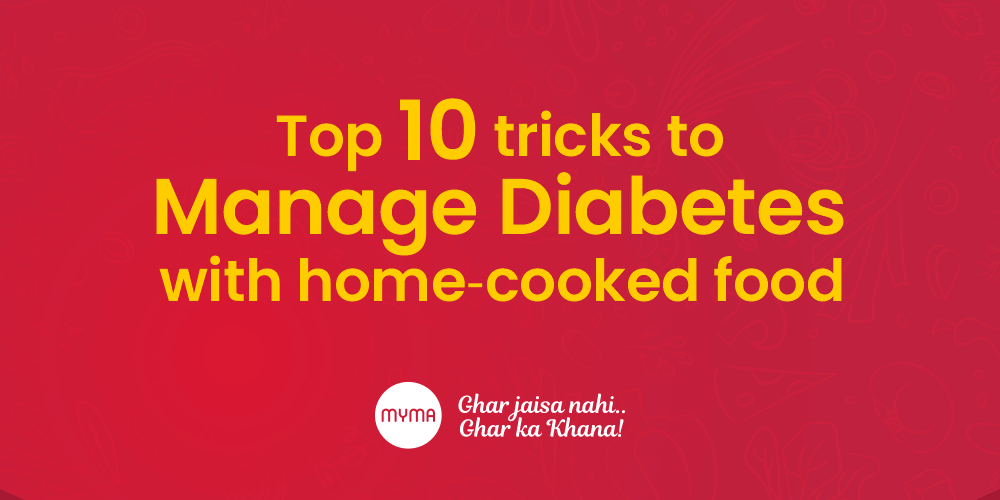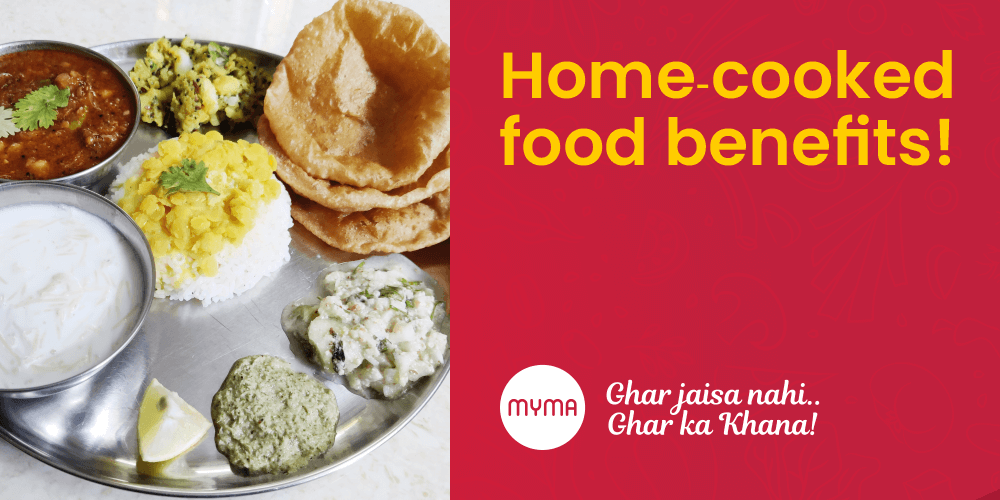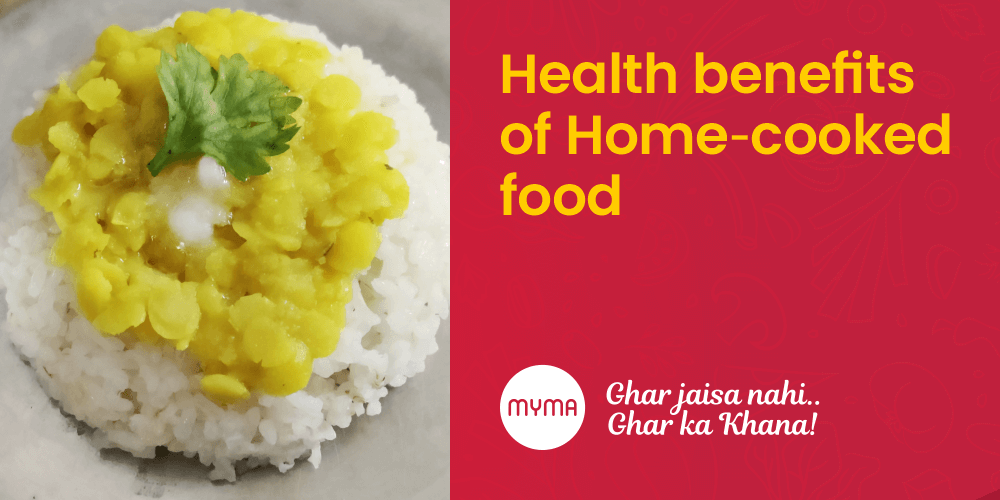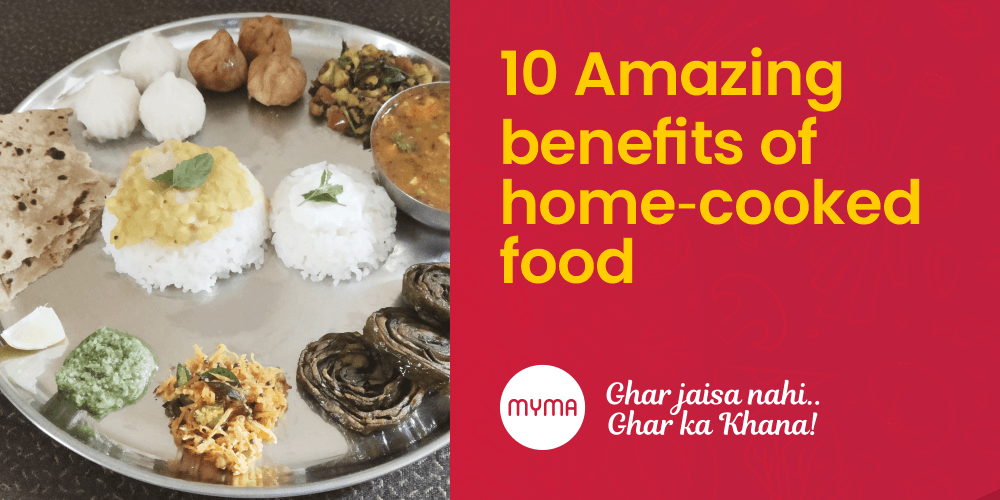Top 10 tricks to manage Diabetes by having home-cooked food
Diabetes is a chronic condition that affects the way your body processes glucose, a type of sugar, in your blood. Without proper management, diabetes can lead to serious complications such as heart disease, nerve damage, blindness, and kidney disease. One important aspect of managing diabetes is paying attention to your diet and making sure you are getting the nutrients your body needs while also keeping your blood sugar levels in check.
One way to manage diabetes is by incorporating Indian home cooked meals into your diet. Indian cuisine is known for its delicious flavors and diverse range of dishes, and it can be a nutritious and tasty option for people with diabetes. Here are some tips for incorporating Indian home cooked meals into your diabetes management plan:
- Choose the right carbohydrates
- Add protein to your meals
- Include plenty of vegetables
- Limit added sugars
- Don’t forget about portion sizes
- Experiment with different cooking methods
- Don’t be afraid to try new things
- Make use of spices
- Don’t forget about healthy fats
- Plan ahead
1. Choose the right carbohydrates
Carbohydrates are an important source of energy for your body, but they can also affect your blood sugar levels. When choosing carbohydrates, opt for complex carbs such as whole grains, beans, and legumes, which are broken down slowly by your body and have a lower glycemic index (GI). Examples of complex carbs found in Indian cuisine include whole wheat roti, brown rice, and lentils.
2. Add protein to your meals
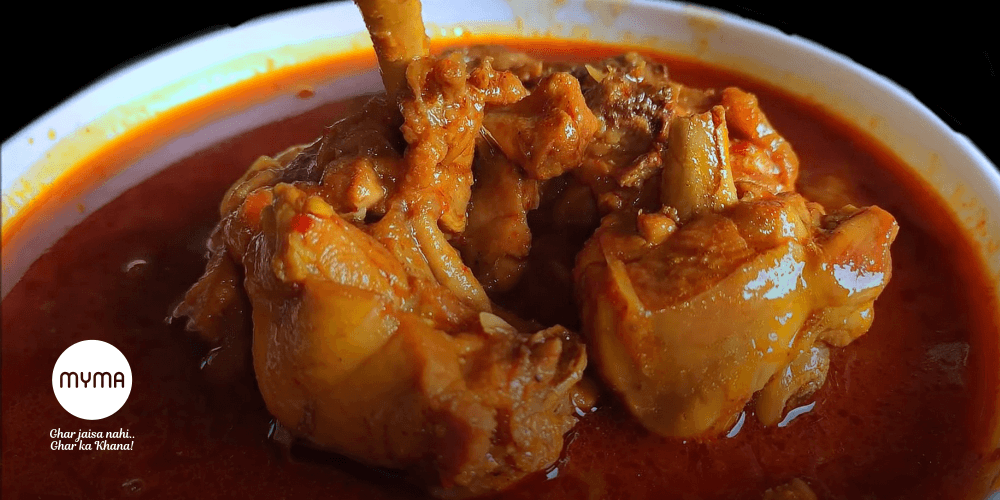
Protein helps to balance out the effects of carbohydrates on your blood sugar levels and can also help you feel full and satisfied. Good sources of protein in Indian cuisine include chicken, fish, paneer (a type of Indian cheese), and tofu.
3. Include plenty of vegetables
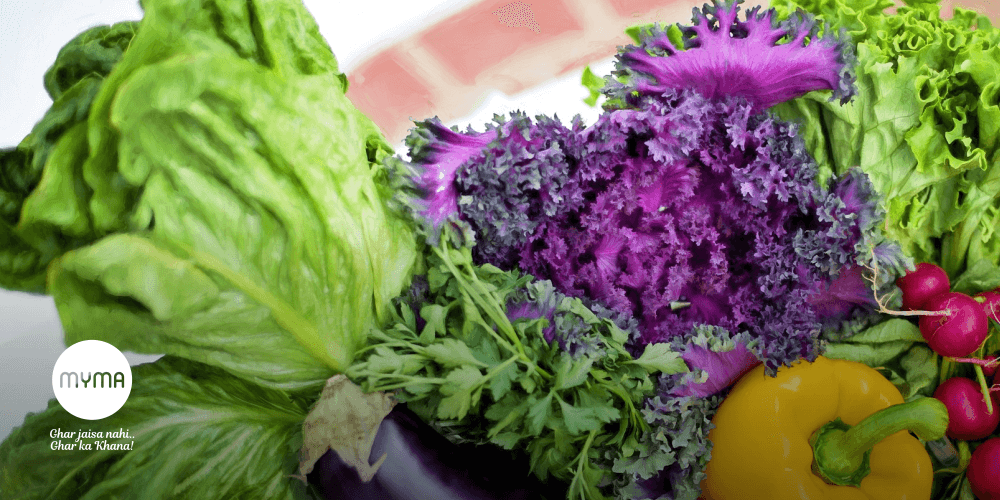
Vegetables are an important part of any healthy diet, and they are especially beneficial for people with diabetes. They are low in calories and carbohydrates, and they are packed with fiber, vitamins, and minerals. Indian dishes such as saag paneer (spinach with paneer) and baingan bharta (roasted eggplant) are great options that are full of vegetables.
4. Limit added sugars
Many Indian dishes are flavored with sweet spices such as cardamom and saffron, but be mindful of added sugars in chutneys, sauces, and desserts. These added sugars can increase your blood sugar levels and should be consumed in moderation.
5. Don’t forget about portion sizes
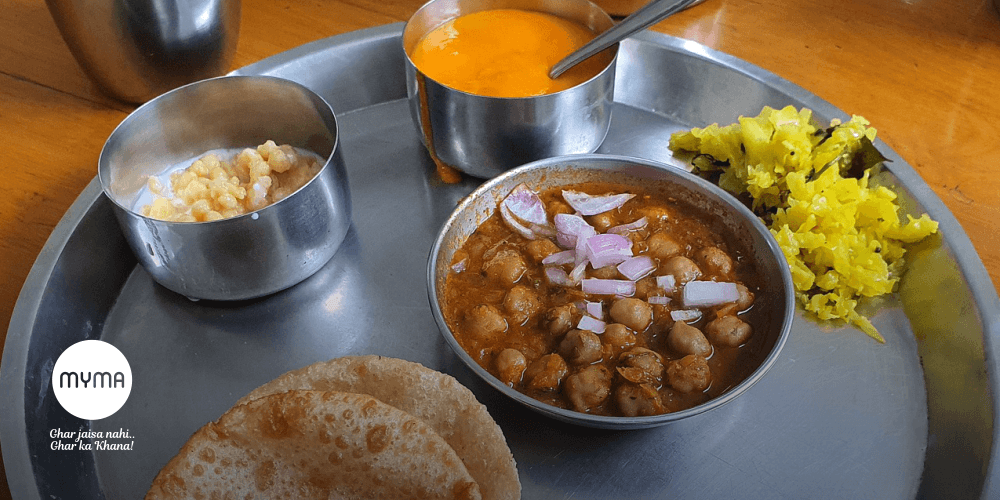
It’s important to pay attention to portion sizes, even when eating healthy foods. Use measuring cups and spoons to ensure you are getting the right amount of food, and try to eat regular, balanced meals throughout the day rather than overeating at one or two large meals.
6. Experiment with different cooking methods
There are many different ways to prepare Indian dishes, and some methods may be healthier for people with diabetes. For example, try grilling, baking, or roasting instead of frying, and use healthier cooking oils such as olive oil or coconut oil.
7. Don’t be afraid to try new things
Indian cuisine is diverse and there are many dishes to choose from. Don’t be afraid to try new things and experiment with different flavors and ingredients. You may find that you enjoy dishes you never thought you would!
8. Make use of spices
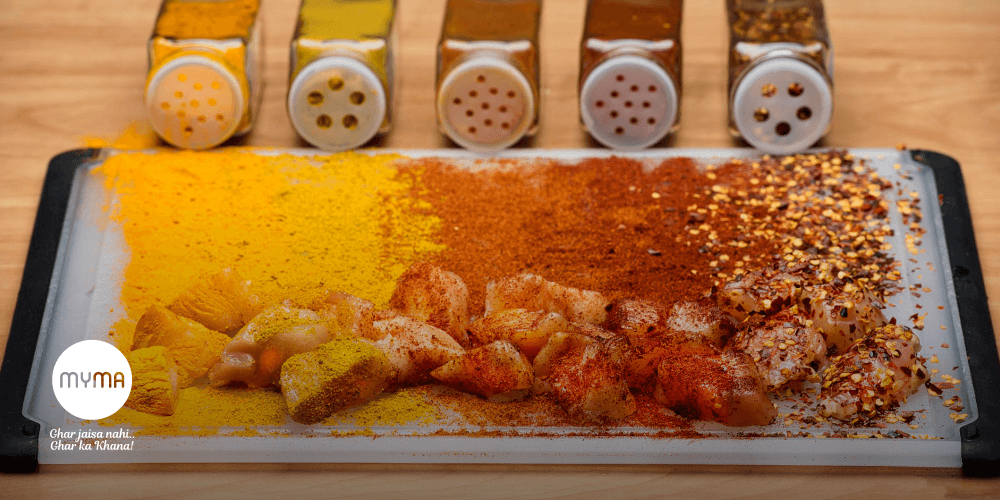
Indian cuisine is known for its bold flavors, and one way to add flavor to your dishes without adding extra calories or sugar is by using spices. Spices such as turmeric, cumin, and coriander have been shown to have anti-inflammatory properties and may have other health benefits as well. Experiment with different spice combinations and see what you like best.
9. Don’t forget about healthy fats
While it’s important to limit your intake of unhealthy fats, such as saturated and trans fats, it’s also important to include healthy fats in your diet. Healthy fats, such as those found in nuts, avocados, and olive oil, can help to lower your risk of heart disease and may also help to improve your blood sugar control. Indian dishes such as samosas (deep-fried pastry filled with vegetables) and pakoras (deep-fried fritters) often include healthy fats when they are made with the right cooking oils.
10. Plan ahead
One of the keys to successful diabetes management is planning ahead. This is especially important when it comes to your meals. Consider preparing a week’s worth of Indian home-cooked meals in advance and freezing them so that you always have a healthy option on hand. This can help to reduce the temptation to reach for unhealthy, processed foods when you are short on time.
By following these tips, you can enjoy the flavors of Indian cuisine while also effectively managing your diabetes. Remember to work with your healthcare team to develop a plan that is tailored to your individual needs and goals. With the right approach, you can enjoy the delicious tastes of Indian home-cooked meals while also taking control of your health.
Also, you can ask Myma to cook the home-cooked food for you… that too of your choice!!! She will be happy to cook for you!


